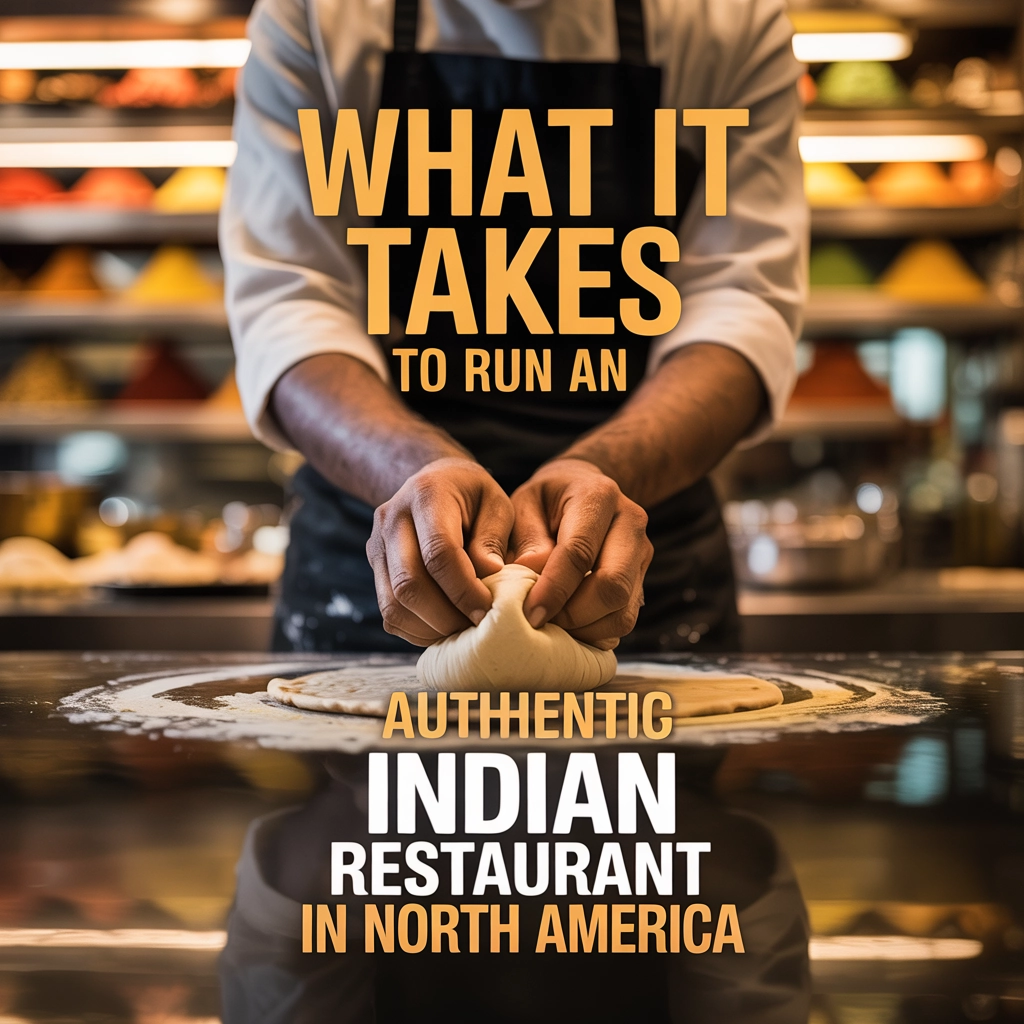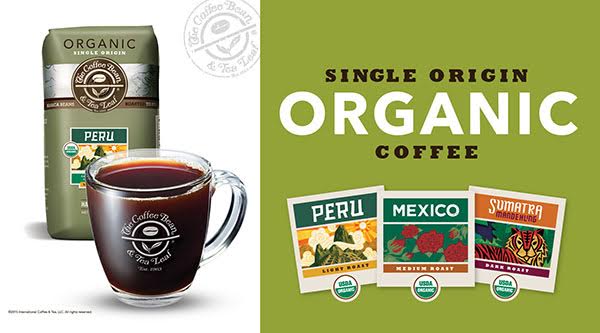Running an authentic Indian restaurant in North America requires more than just good recipes—it demands a thoughtful balance between cultural traditions and business practicality. For restaurant owners and culinary entrepreneurs, understanding this balance is essential for creating an establishment that remains true to India's rich culinary heritage while thriving in today's competitive market.
The Quest for Authenticity in North American Markets
When Sunny Singh (Gursharn) first moved from India to North America, he experienced what many immigrants feel—a deep longing for the familiar tastes of home. This wasn't just about restaurant-style curries but the everyday comfort foods that form the backbone of Indian home cooking: fresh paranthas, simmering dals, and traditional thalis.
"After gaining experience with Adobo Fresh Burrito, my fast-casual Mexican concept, I felt ready to create something that honored my heritage," explains Singh. "That's how Indolicious was born—a restaurant committed to bold, genuine Indian flavors."
But the journey to authenticity raises important questions for restaurateurs: Should you compromise tradition to appeal to a broader audience? Can you stay true to your culinary roots while running a profitable business?

Defining What "Authentic" Really Means
In the restaurant industry, authenticity has become a buzzword—but what does it actually mean for Indian cuisine? According to Singh, it goes far beyond recipes or ingredients lists.
"Authenticity is about emotional truth," he notes. "It's about creating food that evokes memories and honors the intention behind traditional preparation methods."
At Indolicious, this translates to meticulous attention to household staples like dal fry, shahi paneer, and rajma chawal—dishes prepared daily in millions of Indian homes. Getting these fundamentals right creates the foundation for everything else.
For restaurateurs considering opening an Indian establishment, this means investing time in researching regional cooking techniques and understanding the cultural significance behind various dishes. The smoky flavor of a tandoor-cooked naan can't be replicated with shortcuts, and the depth of a properly prepared biryani requires patience and skill.
Respecting the Process in a Fast-Casual World
One of the biggest challenges in bringing authentic Indian cuisine to North America is reconciling the slow, intentional nature of Indian cooking with the fast-paced expectations of the modern restaurant scene.
"Indian cuisine isn't like grabbing a burger or wrapping a sandwich," Singh explains. "It's slow, layered, and deliberate. Each region has unique ingredients, spices, and techniques that require time and attention."
Rather than fighting against this inherent characteristic, successful Indian restaurants embrace it. This means:
- Refusing to cut corners on processes like tadka (tempering spices in hot oil)
- Maintaining proper tandoor temperatures for authentic results
- Allowing curries and dals to develop complex flavors over time
Industry data from the National Restaurant Association shows that consumers are increasingly willing to wait for quality food experiences, especially when they understand the craft behind the cuisine.

Finding Balance for North American Palates
While preserving authenticity is crucial, successful Indian restaurants in North America also understand the importance of approachability. According to research published in Food & Beverage Magazine's report on international cuisine trends, first impressions matter tremendously for specialty restaurants.
Singh's approach at Indolicious demonstrates this balance:
"We make thoughtful adjustments while maintaining core flavors," he says. "Some dishes have slightly less spice, and we serve combos with fresh sides like rice or salads to counterbalance richness."
This strategy aligns with current industry best practices highlighted in "From Waste to Wow: How Upcycling is Revolutionizing Menus", which emphasizes that sustainability and authenticity can work hand-in-hand when approached thoughtfully.
Staff training also plays a crucial role. Servers should be knowledgeable about spice levels, flavor profiles, and the cultural significance of different dishes. This educational approach helps guests navigate unfamiliar menu items with confidence.
Building Consistency Through Systems
Perhaps the most overlooked aspect of running an authentic Indian restaurant is the importance of operational consistency. Singh's franchising background taught him valuable lessons about scalability and standardization.
"Even at restaurants with a single location, systems should be in place," he insists. "From inventory to kitchen prep, everything should be repeatable, scalable, and efficient."
This operational focus ensures that guests receive the same quality experience every time—a crucial factor for building loyalty and reputation in a competitive market. According to "What's Your Competitive Edge? Figuring Out Your Unique Value", consistency is one of the key differentiators for successful specialty restaurants.
For Indian restaurants specifically, consistency challenges include:
- Maintaining spice blends with precise proportions
- Training staff on specialized cooking techniques
- Ensuring tandoor temperatures remain optimal throughout service
- Standardizing prep procedures for complex dishes
Technology solutions like those mentioned in "The Future of Restaurants: Essential Tech Strategies for 2025 and Beyond" can help restaurant owners track inventory, standardize recipes, and maintain quality control.

The Business Case for Authenticity
Many restaurant owners worry that maintaining strict authenticity might limit their customer base. However, market trends suggest the opposite. According to recent industry analysis, authentic ethnic cuisine continues to gain popularity as diners seek genuine culinary experiences.
The restaurant technology company SpotOn, named the #1 restaurant POS system in G2's Winter Report, found that restaurants emphasizing authentic cultural experiences saw 18% higher customer retention rates compared to those offering "fusion" alternatives.
This aligns with Singh's experience: "People who previously only knew Indian food from takeout menus are now realizing what real Indian food tastes like. They come in for butter chicken but leave talking about the parathas and spice balance—that's the win."
Building a Future on Authentic Foundations
For restaurant owners considering entering the Indian cuisine market in North America, Singh offers this advice: "My mission is to preserve and pass on India's culinary legacy. Among overdone menus and 'Indian-ish' food, I didn't want to reinvent Indian cuisine but rather keep it honest and rooted."
This approach resonates with the philosophy outlined in "Facing Doubters & Naysayers: Finding Your Why and Standing Firm", which emphasizes that clarity of purpose is essential for standing out in a crowded marketplace.
Key Takeaways for Restaurant Entrepreneurs
Running an authentic Indian restaurant in North America requires
- Defining your own authentic vision based on emotional truth and culinary integrity
- Respecting traditional processes without taking shortcuts
- Making thoughtful adjustments for local palates without compromising core flavors
- Building operational systems that ensure consistency
- Training staff thoroughly on both technique and cultural knowledge
- Communicating your story to help guests understand and appreciate authentic cuisine
The growing interest in global flavors, highlighted in "Flavor Mashups & Mocktails: The Wild New Tastes Shaping 2025's Food & Beverage Scene", suggests that the market for authentic Indian cuisine will continue to expand.
For those willing to commit to quality and tradition, the rewards extend beyond financial success. As Singh concludes, "Food isn't just about convenience—it's a gateway into culture. People come with curiosity and an open mind. Your role is to welcome them in."
Sunny Singh (Gursharn) is the co-founder and CEO of Adobo Fresh Burrito Franchising Corp., which operates a network of 36 fast-casual Mexican restaurants. He is also the co-founder of Indolicious, known for its bold, nostalgia-evoking Indian cuisine.
Written by Michael Politz, Author of Guide to Restaurant Success: The Proven Process for Starting Any Restaurant Business From Scratch to Success (ISBN: 978-1-119-66896-1), Founder of Food & Beverage Magazine, the leading online magazine and resource in the industry. Designer of the Bluetooth logo and recognized in Entrepreneur Magazine's "Top 40 Under 40" for founding American Wholesale Floral. Politz is also the founder of the Proof Awards and the CPG Awards and a partner in numerous consumer brands across the food and beverage sector.







